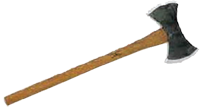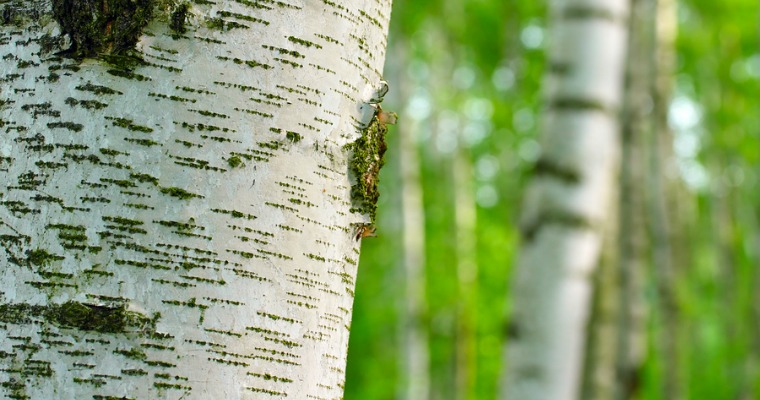The birch tree (genus Betula) is a genus of deciduous hardwood that’s closely related to the beech/oak family. It contains several dozen varieties, eleven of which are classified as a threatened species. Due to their brilliant, clean appearance, however, many homeowners grow them in their landscapes.
If you’re thinking of adding a birch tree – or several – to your landscape, there are a few things you should know.
Choosing the Right Location
Successfully growing a birch tree begins when choosing the right location. Most varieties of birch prefer cool environments with a relatively high humidity. Because they have short, shallow roots, long drought spells can prove detrimental to the health of a birch tree. To combat this problem, it’s recommended that you choose an area that receives plenty of moisture throughout year (note: choose a shaded area for greater water retention).
Beware of Borers!
Like many species of hardwoods, birch trees are highly susceptible to boring insects. If your birch tree becomes infested with borers, it could prove disastrous. Wood-boring insects literally eat the wood of trees, chewing into their bark and feasting on it for nourishment.
While there’s no way to completely protect birch trees from all wood-boring insects, you can reduce the likelihood of an infestation by implementing an insect preventative/control program. Start by eliminating dead or dying branches from your birch tree, and then inspect your tree on a regular basis for signs of an infestation.
If you notice any wood-boring insects, apply the appropriate pesticide to eliminate them before the infestation spirals out of control.
Pruning a Birch Tree
Of course, pruning is an essential step in maintaining a healthy birch tree. Regardless of variety, birch trees should be pruned on a regular basis for optimal health and development. This involves the removal of overhanging branches, ensuring they don’t hang over your driveway or sidewalk, as well as cutting away dead, dying or diseased shoots.
In some cases, you may also need to remove live branches from a birch tree. If a particularly large branch is blocking sunlight to the rest of the branches, it’s probably a good idea to remove it – or at the very least, trim it back some. Birch trees need ample sunlight to sustain good health.
The Woodsman Company offers tree planting, tree pruning and shrub trimming, tree removal and stump grinding as well as a tree wellness program.
If we can help with any of your tree care needs give us a call at 512-846-2535 or 512-940-0799 or


Thanks for these tips for pruning a birch tree. There are a few birch trees on my new property, so I want to know how to take proper care of them. Removing any large branches that could block sunlight for the other branches seems like an important part of keeping it healthy. I’ll be sure to do that since they need enough sunlight to stay healthy.